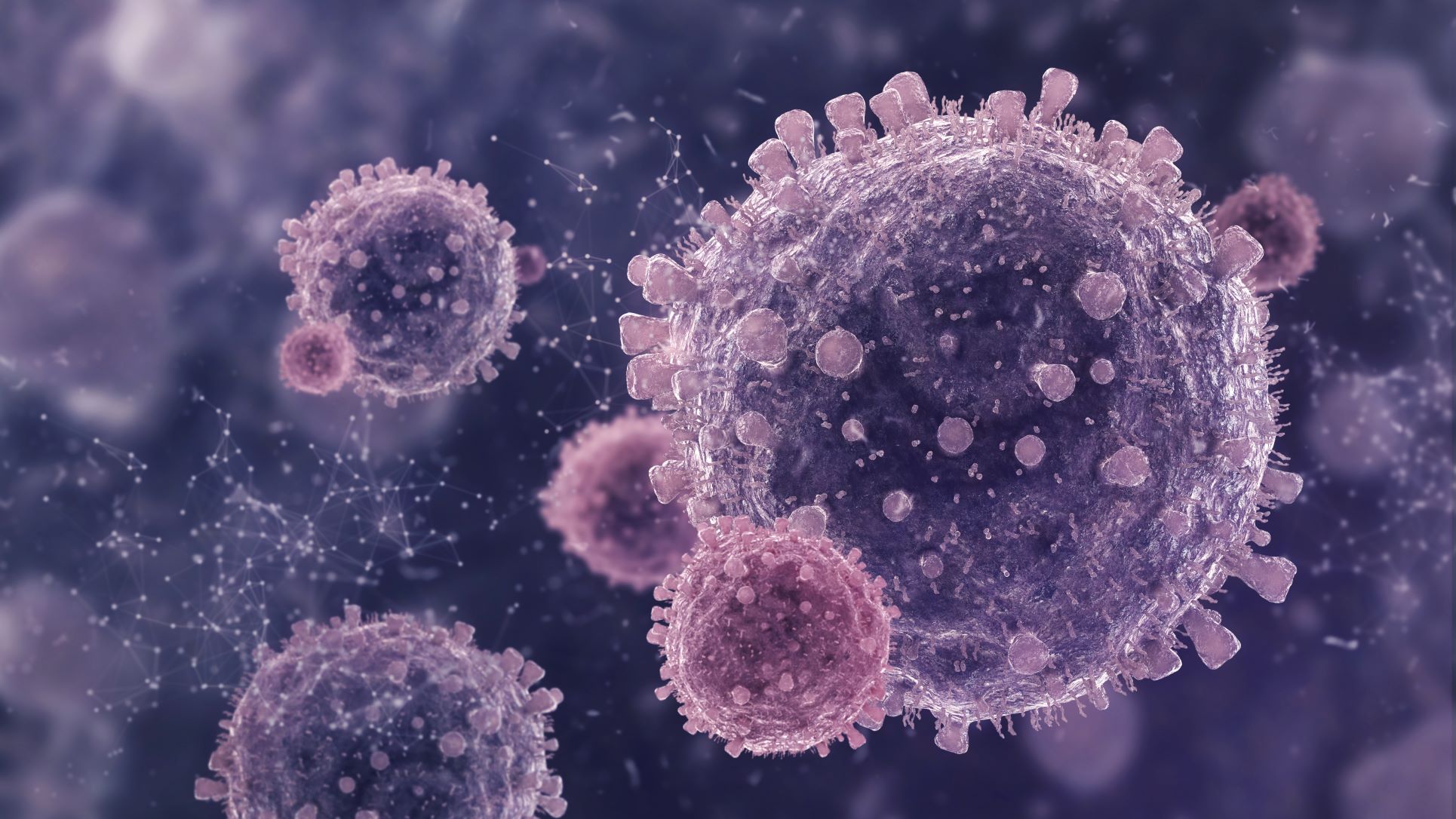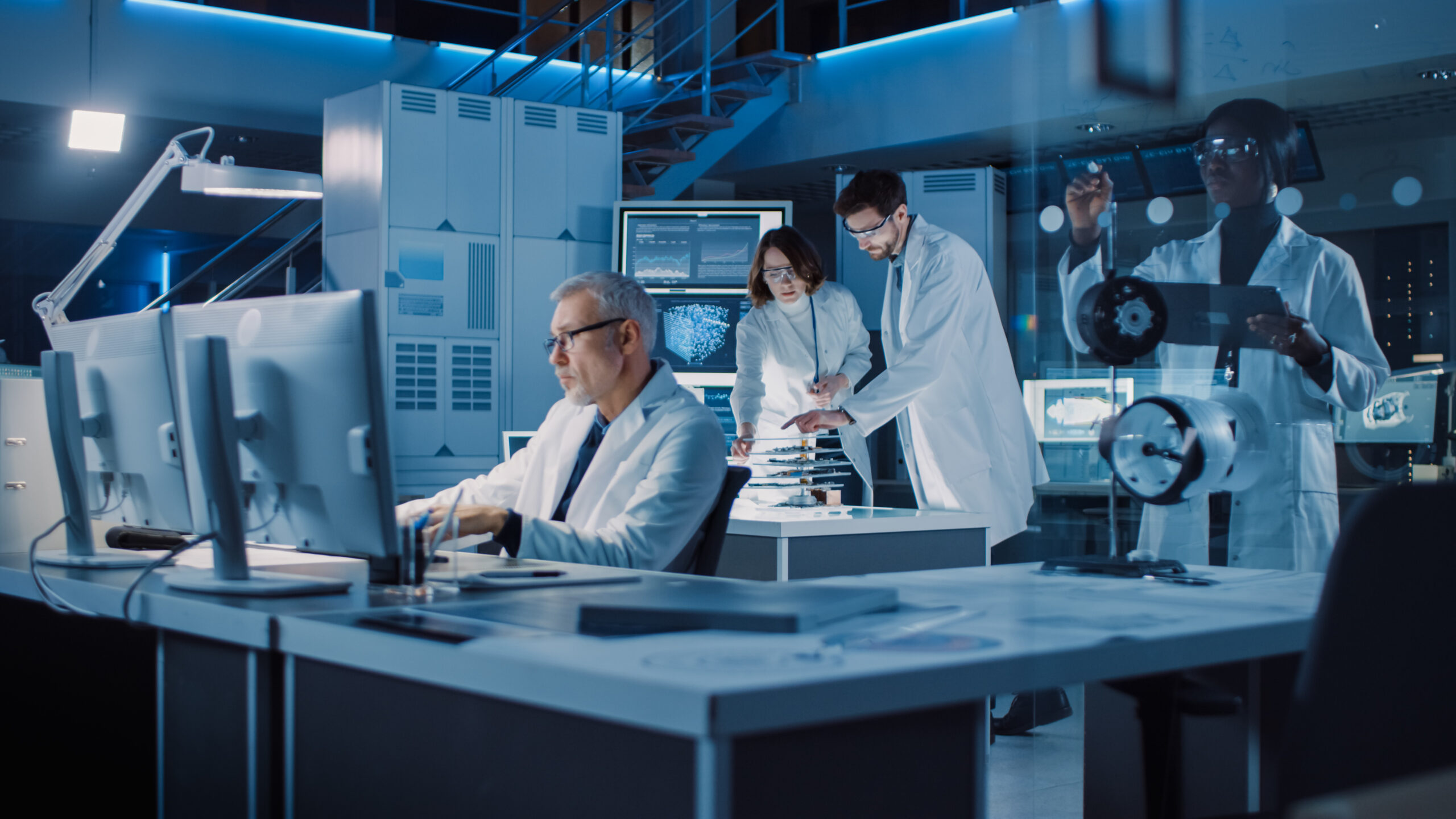Laboratories require precision when handling cell suspensions and particle filtration. Whether filtering fine particles or separating larger debris, researchers need a reliable tool that adapts to different sample types. The best lab cell strainer should offer flexibility, efficiency, and consistency in sample preparation. The In-Line-Strainer is designed to meet these demands, providing an adaptable filtration solution for various research applications.
Understanding the In-Line-Strainer
The In-Line-Strainer is a highly versatile filtration tool that accommodates a wide range of mesh sizes, from 1 µm to 500 µm. This adaptability makes it suitable for filtering everything from small particles to larger debris. With its 6 ml recovery reservoir and Luer-Lock ports, researchers can easily connect multiple strainers in a strainer cascade or integrate them with existing lab setups.
Unlike traditional filtration methods, which often require multiple tools for different sample types, the In-Line-Strainer streamlines the process by offering a universal solution. It minimizes sample loss, reduces contamination risk, and enhances workflow efficiency.
Why In-Line-Strainer is Essential for Laboratories
1. Handles a Wide Range of Filtration Needs
The In-Line-Strainer supports various particle separation techniques, making it suitable for different research applications. Whether working with small bacteria or larger cell clusters, selecting the appropriate mesh size ensures efficient filtration without damaging the sample.
2. Compatible with Multiple Lab Setups
Unlike standard lab cell strainers that fit only specific tubes, the In-Line-Strainer integrates seamlessly into various laboratory equipment. Its Luer-Lock ports allow easy attachment to syringes, tubing, and other filtration systems. This adaptability eliminates the need for multiple filtration devices, reducing costs and simplifying lab procedures.
3. Reduces Sample Contamination
Contamination is a major concern in research, as it can affect results and lead to inaccurate findings. The In-Line-Strainer is designed for sterile filtration, minimizing direct handling and reducing the risk of introducing unwanted particles. The airtight design ensures reliable sample integrity.
4. Maximizes Sample Recovery
Losing valuable samples during filtration is a common issue in many laboratories. The In-Line-Strainer features a 6 ml recovery reservoir, allowing researchers to retrieve filtered particles efficiently. This feature is especially useful for cell enrichment techniques, where sample preservation is crucial.
5. Supports a Strainer Cascade System
For applications requiring multiple filtration steps, the In-Line-Strainer can be connected in a strainer cascade. This allows researchers to filter samples through progressively finer mesh sizes without switching equipment. The ability to connect multiple strainers ensures optimal separation while maintaining sample integrity.
Choosing the Right Mesh Size
Selecting the appropriate mesh size depends on the specific filtration needs of the laboratory. The In-Line-Strainer offers 15 different mesh sizes, providing a tailored solution for various applications:
- 1–5 µm: Suitable for filtering bacteria and fine particles.
- 40 µm: Commonly used for preparing samples for flow cytometry.
- 70 µm: Ideal for tissue dissociation and cell isolation.
- 100 µm: Used for removing larger debris while retaining viable cells.
- 500 µm: Best for coarse filtration and separating large particles.
By choosing the correct mesh size, researchers can ensure effective filtration while preserving sample quality.
Applications of In-Line-Strainer in Research
1. Cell Separation and Isolation
The best lab cell strainer must support cell separation technology, ensuring that researchers can efficiently isolate specific cell populations. The In-Line-Strainer enables the filtration of unwanted debris while retaining viable cells for further study.
2. Tissue Dissociation for Single-Cell Analysis
When preparing single-cell suspensions from tissues, proper filtration is essential to remove unwanted fragments. The In-Line-Strainer offers smooth tissue dissociation, ensuring a uniform sample that improves accuracy in downstream analysis.
3. Flow Cytometry Sample Preparation
For researchers using flow cytometry, maintaining sample purity is critical. The In-Line-Strainer provides consistent filtration, preventing clogs in flow cytometry instruments and ensuring reliable data collection.
4. Particle Separation in Chemical and Biotech Research
The In-Line-Strainer is not limited to biological applications. It is also used in particle separation techniques for chemical research, ensuring precise sample filtration across various industries.
Why Researchers Prefer the In-Line-Strainer Over Traditional Methods
1. Efficient Filtration Without Clogging
Standard filtration methods often lead to clogging, especially when working with cell strainer 40 µm, cell strainer 70 µm, and cell strainer 100 µm. The In-Line-Strainer minimizes this issue by offering a range of mesh sizes that prevent blockages while maintaining sample flow.
2. Compatible with High-Throughput Workflows
Many research facilities require a best lab cell strainer that can handle large sample volumes without slowing down the process. The In-Line-Strainer enables continuous filtration, allowing researchers to work more efficiently.
3. Versatile and Cost-Effective
Instead of investing in multiple filtration devices, labs can use the In-Line-Strainer for various filtration needs. This reduces overall costs while ensuring consistent performance across different applications.
Maximizing Filtration Efficiency with In-Line-Strainer
To achieve optimal results, researchers should follow best practices when using the In-Line-Strainer:
- Select the Right Mesh Size: Match the mesh size to the specific application for accurate filtration.
- Use the Strainer Cascade System: Connect multiple strainers for stepwise filtration without sample loss.
- Ensure Proper Attachment: Secure the Luer-Lock ports to prevent leaks and maintain a sterile workflow.
- Minimize Direct Handling: Reduce contamination risks by handling the strainer with sterile equipment.
Conclusion
The In-Line-Strainer is an essential tool for laboratories that require precise and efficient filtration. With its wide range of mesh sizes, Luer-Lock compatibility, and recovery reservoir, it provides a versatile solution for researchers handling various sample types. Whether filtering small particles or separating large cell clusters, the best lab cell strainer must deliver consistent results without sample loss or contamination risks.
By integrating the In-Line-Strainer into laboratory workflows, researchers can improve sample preparation, enhance filtration accuracy, and streamline their research processes.
 English
English French
French
 German
German
 Spanish
Spanish
 Belgium
Belgium
 Italian
Italian Brazil
Brazil Chinese Mandarin
Chinese Mandarin




